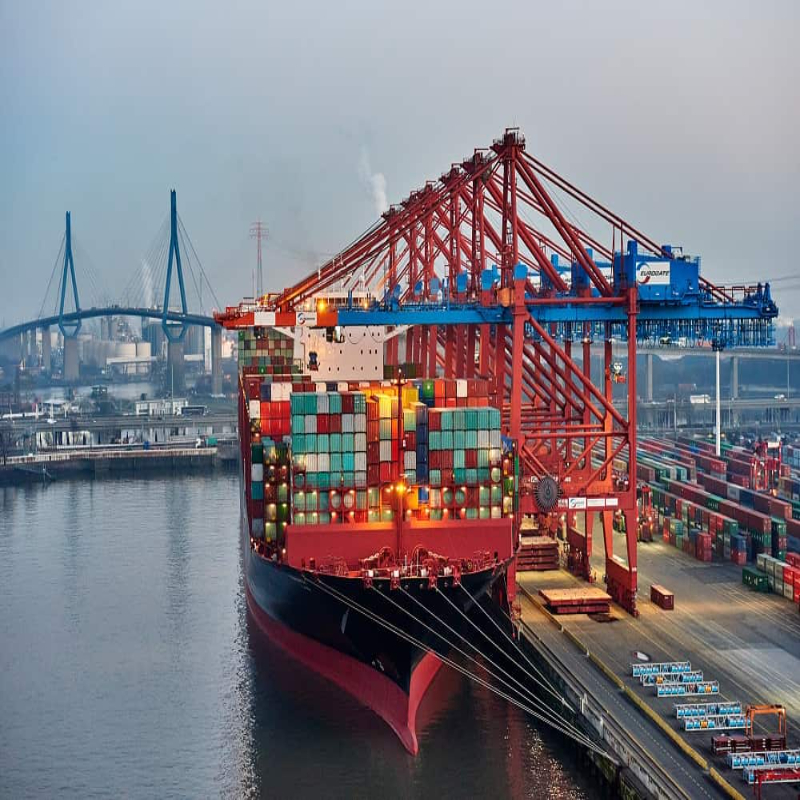Unlocking Efficiency: The Marvels of Crane OCR Technology

In the fast-paced world of industry and logistics, the need for seamless data processing and management is more crucial than ever. Enter Crane OCR (Optical Character Recognition) technology – a powerful solution that combines the robust capabilities of traditional OCR with the mobility and versatility of cranes. In this blog post, we’ll explore the unique features and applications of Crane OCR, shedding light on how it revolutionizes data handling in various sectors.
The Fusion of Crane Technology and OCR:
1. Enhanced Mobility:
One of the standout features of Crane OCR is its integration with crane systems. Traditional OCR systems are often fixed or attached to specific devices, limiting their mobility. Crane OCR breaks free from these constraints, allowing for text recognition capabilities in dynamic, real-world scenarios where cranes operate.
2. Real-Time Data Capture:
Cranes equipped with OCR technology can capture and process data in real-time as they move. This is particularly advantageous in logistics and warehouse management, where rapid data retrieval and processing are essential for optimizing operations.
3. Precision and Accuracy:
The OCR algorithms embedded in Crane OCR systems are designed to handle a variety of fonts, sizes, and languages with high precision. This ensures accurate recognition of text on objects, containers, or packages, even in challenging environments.
Applications of Crane OCR:
1. Logistics and Warehousing:
Crane OCR plays a pivotal role in streamlining logistics and warehousing processes. It can identify and track items, read labels, and manage inventory efficiently, reducing manual errors and increasing overall operational efficiency.
2. Construction and Manufacturing:
In construction and manufacturing settings, Crane OCR can be employed to read serial numbers, labels, or specifications on materials, enabling automated quality control and facilitating seamless integration with digital inventory systems.
3. Port Operations:
Ports and shipping terminals can benefit significantly from Crane OCR. The technology aids in the swift identification of shipping containers, ensuring accurate loading and unloading processes, as well as efficient tracking of cargo.
The Crane OCR Workflow:
- Data Acquisition: Cameras mounted on cranes capture images of the surroundings, including text on objects or containers.
- Image Processing: The captured images undergo preprocessing to enhance clarity, adjust lighting conditions, and optimize the images for OCR analysis.
- Text Recognition: OCR algorithms analyze the processed images, extracting text content with high accuracy. Machine learning models may be employed to continually improve recognition capabilities.
- Data Integration: The recognized text is integrated into the broader data ecosystem, feeding into inventory management systems, databases, or other relevant platforms.
Challenges and Considerations:
While Crane OCR technology presents numerous advantages, challenges such as adapting to variable lighting conditions, mitigating errors in complex environments, and ensuring data security should be addressed during implementation.
Conclusion:
Crane OCR technology represents a significant leap forward in the realm of optical character recognition. By harnessing the mobility and precision of cranes, industries can achieve unprecedented levels of efficiency and accuracy in data handling. Whether in logistics, manufacturing, or port operations, Crane OCR is poised to reshape the landscape of industrial automation, unlocking new possibilities for streamlined and intelligent processes. As technology continues to advance, the fusion of OCR with innovative platforms like cranes exemplifies the ongoing evolution toward a more connected and efficient future.
